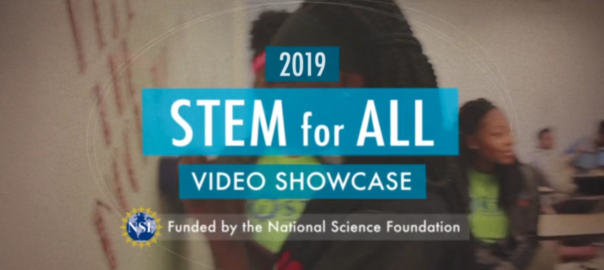by Pati Ruiz and Judi Fusco
At CIRCL Educators, we’re on a journey to help students and we think culturally responsive teaching is an important part of it. Since we will have more posts that fall under this topic we wanted to share a few definitions and a few of our favorite resources that have helped us start thinking and talking about culturally responsive teaching. This is a starting roadmap. The terms mentioned are similar, but distinct. In the research world different terms represent different emphases. We’ll discuss the differences more in the future. We provide this glossary of terms and full references to the articles discussed below.
Definitions
Culturally Relevant Pedagogy: credited to Ladson-Billings (1995), this term “loosely refers to teachers’ ability to incorporate knowledge of students’ background and culture in their instructional practice to enhance student learning” (Gist, 2017, p. 289). However, it seems Ladson-Billings (2014) grew dissatisfied with how her term was used saying: “What state departments, school districts, and individual teachers are now calling “culturally relevant pedagogy” is often a distortion and corruption of the central ideas I attempted to promulgate. The idea that adding some books about people of color, having a classroom Kwanzaa celebration, or posting “diverse” images makes one “culturally relevant” seem to be what the pedagogy has been reduced to” (p. 82).”
Culturally Responsive Teaching: This term comes from Genva Gay’s work, which built on the Ladson-Billings ideas, and directed the approach more toward the act of teaching. “Gay (2010) explained culturally responsive teaching by arguing that such practices are a means for unleashing higher potentials of ethnically diverse students by simultaneously cultivating their academic and psychosocial abilities.” (Gist, 2017, p. 290). Gay characterized culturally responsive teaching by the use of ‘cultural knowledge, prior experiences, frames of reference, and performance styles of ethnically diverse students to make learning encounters more relevant to and effective for them.
Culturally Responsive Pedagogy: is an umbrella term used by Gist (2017) that includes Culturally Relevant Pedagogy and Culturally Responsive Teaching as well as the intentional strategies that teachers should implement to create an environment in which all children have equitable opportunities to learn.
A related term is Culturally Relevant Education (Aronson & Laughter, 2016). This work places the work of Gay on teaching and Ladson-Billings on pedagogy at the center of an effort to create a social justice pedagogy.
Books
- Gay, G. (2010). Culturally responsive teaching: Theory, research, and practice (2nd ed). Multicultural Education Series. New York, NY: Teachers College Press.
- Culturally Responsive Teaching and the Brain by Zaretta Hammond
Articles
Aronson, B., & Laughter, J. (2016). The theory and practice of culturally relevant education: A synthesis of research across content areas. Review of Educational Research, 86(1), 163-206. https://doi.org/10.3102/0034654315582066
Gist, C. D. (2017). Culturally Responsive Pedagogy for Teachers of Color. New Educator, 13(3), 288–303. https://doi.org/10.1080/1547688X.2016.1196801
Ladson-Billings, G. (1995). Toward a Theory of Culturally Relevant Pedagogy. American Educational Research Journal, Vol. 32, No. 3. (Autumn, 1995), pp. 465-491.
Ladson-Billings, G. (2000). Culturally relevant pedagogy in African-centered schools: Possibilities for progressive educational reform. African-centered schooling in theory and practice, 187-198.
Ladson-Billings, G. (2014). Culturally relevant pedagogy 2.0: Aka the remix. Harvard Educational Review, 84(1), 74-84. doi:10.17763/haer.84.1.p2rj131485484751
Reports
Krasnoff B. (2016) Culturally Responsive Teaching
We’ll close this post with this quote from Gist (2017, p. 290)
In both Ladson-Billings’ (1995) and Gay’s (2010) theorizing of culturally responsive practices, common themes of high expectations, acknowledgement of student cultural capital, critical sociocultural/political consciousness, and passion and dedication are apparent. Unfortunately, terms such as culturally responsive pedagogy can become so commonplace that teacher educators lose sight of what teacher candidates need to know and be able to do when attempting to cultivate culturally responsive practices with their future students. Moreover, even if culturally responsive pedagogy is emphasized and addressed in a teacher candidate’s preparation experiences, it can be inappropriately applied in ways that differ sharply from the original intent of culturally responsive pedagogy theorists (Ladson-Billings, 2014).
Thank you to Joseph Chipps, Ed.D. for reviewing this post. You can reach us by tweeting @CIRCLEducators. Please let us know what you are reading and thinking as we take this journey.




